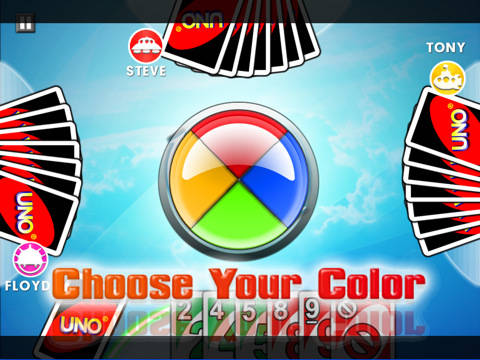Just about anyone can attest to the fun and enjoyment of card games. While poker and solitaire represent two well-known examples, the arena of card-based entertainment has evolved far beyond traditional 52-card games. The 1990’s in particular marked an influx of new card games that would broaden our understanding of what cards could do, and how they could be used. Games such as Pokémon, Magic: The Gathering, and Yu-Gi-Oh! helped to define the collectible card genre in the West, a subset that has witnessed a resurgence in popularity with the help of smartphones, tablets, and other mobile devices.
With mobile gaming exploding as a dominant entertainment source, app developers have been able to breathe new life into the card gaming arena. Game developer Mobage is one shining example of collectible-card game success, its title Rage of Bahamut topped both the App Store and Google Play in 2012. Social media game publisher Zynga also added to this trend with its fantasy card-battler Ayakashi: Ghost Guild, an app that remains one of the highest-grossing Android games of all time.
Doug Scott the Vice President of Marketing and Revenue at Ngmoco explains, Collectible card games are an incredibly elegant framework for great mobile social gaming experiences. As a vehicle for game design, they tap into many of the core compulsions that have driven great games throughout history: strategic resource collection and application, and competing with your friends in a battle of wits and skill.”
Card games, especially those of the collectible variety, work wonders on mobile devices. By maintaining the same compelling game mechanics, mobile developers are able to offer players more social tools and a heightened sense of community through digital connection. Not to mention, mobile versions of card games free players from the burden of carrying around physical copies of their decks. With many games boasting hundreds of different cards and large deck sizes, the convenience factor of mobile card games cannot go unnoticed. Digital handiness paired with the accessibility of asynchronous gameplay and the inclusion of social features categorizes the evolution of traditional card games into the mobile framework.
While collectable card games have been popular in Japan for decades, Western markets are now proving to be welcoming of the genre’s mobile installments. With a few adaptations such as adjusting the aesthetic design and adding more competitive features, mobile card games have been thriving worldwide in recent years. Such success proves that card games both conventional and unique are not only a viable course for the industry, but also a profitable one. These titles are garnering high esteem within the gaming community, popularity that is sure to grow if current trends are any predictor. I for one look forward to the blossoming diversity of mobile card games with the aid of modern technology and creative developers.










